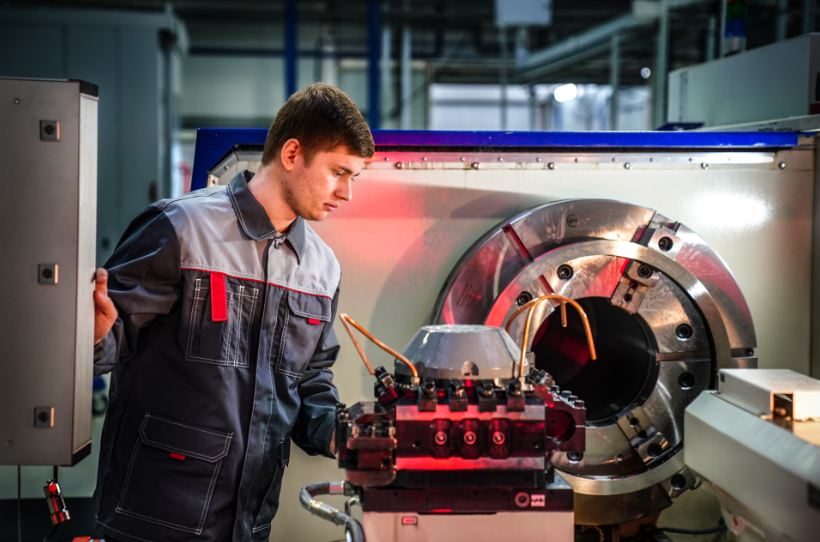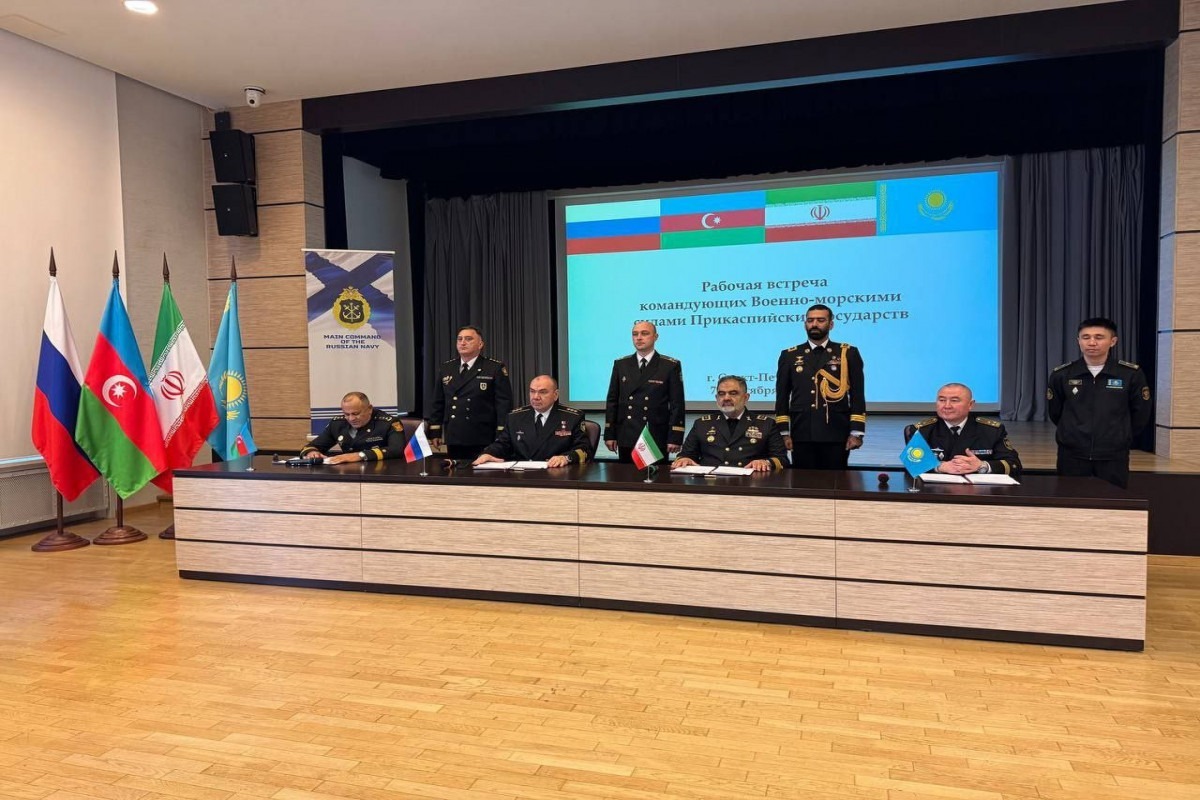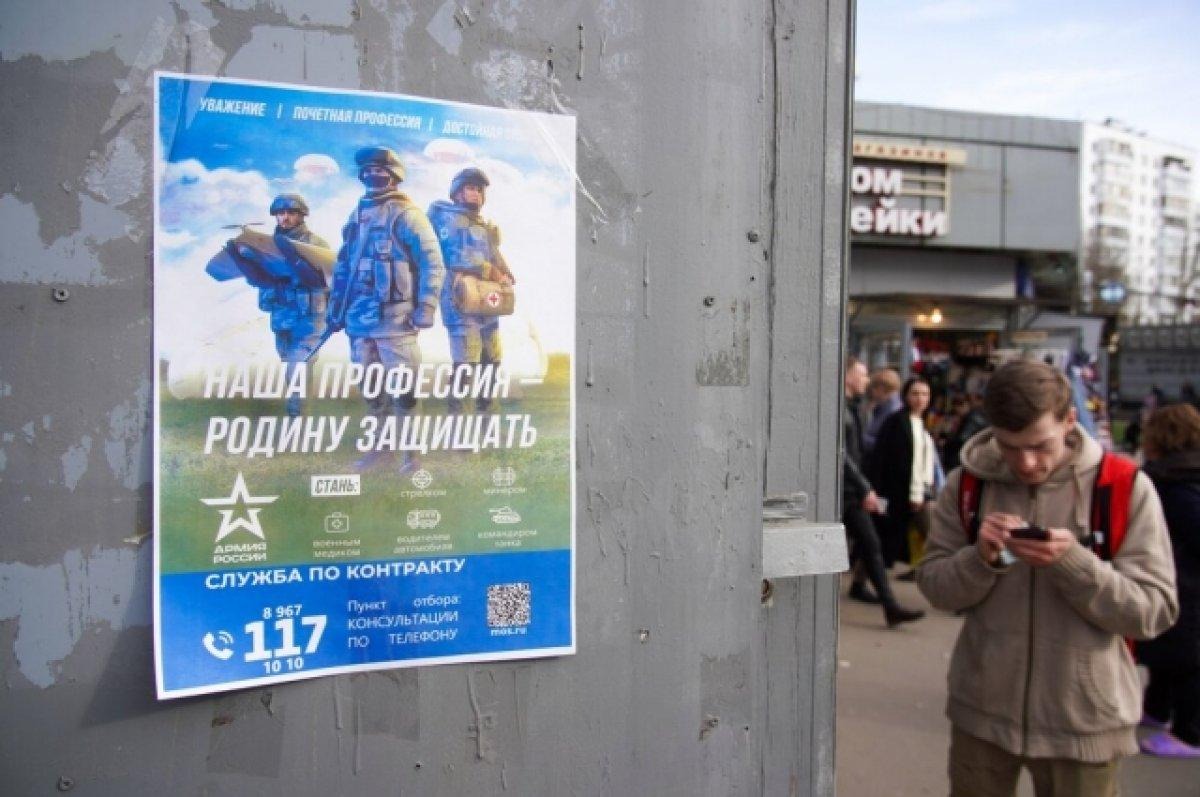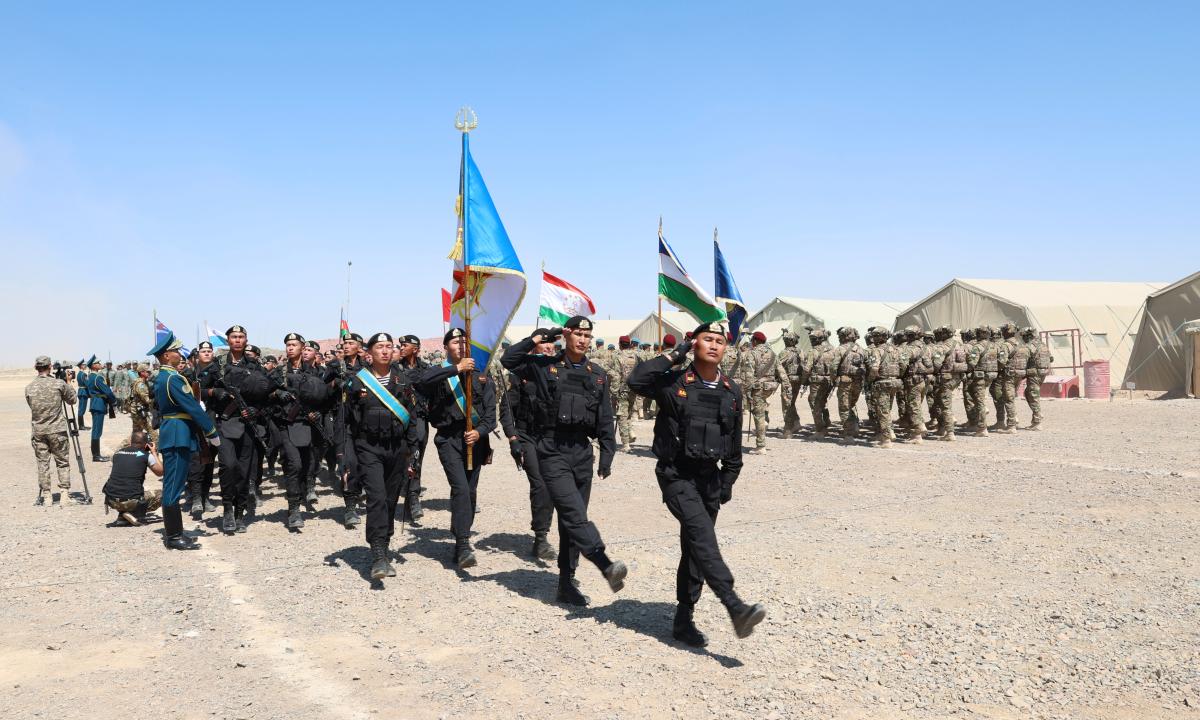
Rostec 2023 Financial Data Illustrates State of Russian Military-Industrial Complex
Rostec 2023 Financial Data Illustrates State of Russian Military-Industrial Complex
Executive Summary:
- The head of Russian state-owned military-industrial corporation Rostec released the company’s 2023 annual corporate report, providing insights into the state of the Russian military-industrial complex.
- There is no sign of an “arms manufacturing miracle” in Russia despite Russian officials’ attempts to argue that the Russian arms manufacturing sector is unrivaled in labor force and productivity.
- The military-industrial complex is interested in the long-term militarization and economic isolation of Russia, even though the ongoing war itself creates more troubles than benefits.
In May 2024, Sergei Chemezov, head of the major Russian state-owned military-industrial corporation Rostec, made data from the 2023 annual corporate report public (Rostec.ru, May 3). This data demonstrates a growth in manufacturing costs in the military-industrial sector, a limited increase in the available labor force and average salaries, and the absence of growth in worker productivity.
Rostec has conflicting interests in how it wishes the war in Ukraine to affect the economic situation in Russia. On the one hand, the corporation needs the government to further increase spending on arms procurements and research and development programs related to arms manufacturing to continue to make profits. Moreover, under the pretext of restoring military power, Rostec is crucially interested in at least 10 years of expanded governmental arms procurements to maintain its corporate sustainability. On the other hand, the corporation is paradoxically interested in ending active combat activity to avoid the crucial loss of export revenues and the growing threat of still-existing but frozen export contracts. Therefore, the best interest of the company lies in a militarized Russia able to operate freely abroad (Rostec.ru, May 3; RBC.ru, May 17).
The available data for 2023 represented in comparison to previous years gives the following picture (Rostec.ru, accessed May 30):
Table 1: Rostec annual indicators calculated in USD according to the average annual exchange rates
| Consolidated revenue,
$ million |
Including consolidated revenue from arms manufacturing alone,
$ million |
Earnings Before Interest, Taxes, Depreciation, and Amortization (EBITDA),
$ million |
Consolidated
net-profit, $ million |
Profitability (net profit to revenue) | Number of employees | Average salary, $ | Productivity per employee, $ | |
| 2014 | 25,071 | 18,051 | 3,431 | 881 | 4% | 443,400 | 965 | 56,564 |
| 2015 | 18,600 | 13,764 | 4,128 | 1,615 | 8.68% | 445,000 | 669 | 41,834 |
| 2016 | 18,842 | 14,113 | 3,989 | 1,310 | 6.95% | 453,000 | 655 | 41,569 |
| 2017 | 27,257 | 19,325 | 5,232 | 2,081 | 7.6% | 511,700 | 801 | 53,276 |
| 2018 | 26,204 | 18,264 | 5,152 | 2,043 | 7.8% | 529,300 | 790 | 49,498 |
| 2019 | 27,399 | 18,878 | 5,544 | 2,771 | 10.1% | 590,600 | 841 | 46,397 |
| 2020 | 26,034 | 17,208 | 3,926 | 1,542 | 5.9% | 589,200 | 771 | 44,184 |
| 2021 | 28,013 | 15,267 | 4,545 | 2,219 | 7.9% | 591,200 | 836 | 47,381 |
| 2022 | 30,895 | 18,537 | 3,212 | — | — | 591,000 | — | 51,102 |
| 2023 | 34,054 | 22,000 | — | 776 | 2.28% | 660,000 | 939 | 50,493 |
In 2023, Rostec increased its labor force by almost 12 percent. This increase was the first since 2016–2019 when the company’s number of employees grew due to a merger with Uralvagonzavod, United Aircraft Corp., and other smaller state-owned military-industrial companies.
Considering that arms manufacturing involves a significant amount of manual labor and that the decrease in profitability and stable productivity inevitably means growing manufacturing costs, it is possible to conclude that Rostec’s arms output growth is limited. Moreover, Chemezov confirmed that the increase in arms supplies to the Russian armed forces mainly derives from the crucial decrease in arms exports (RBC.ru, May 17).
Besides manufacturing costs, the monetary inflation and devaluation of the ruble also play a role. For example, Rostec’s revenue in 2023 was 2,900 billion rubles compared to 2,116 billion rubles in 2022, 2,064 billion rubles in 2021, and 1,878 billion rubles in 2020. In 2023 rubles, it appears that Rostec saw an increase in revenue of over 30 percent, but when calculated in dollars, that revenue growth comes out to only 10 percent. Moreover, the changes are even more demonstrative if a deflator index is used to represent Rostec’s recent annual revenues in constant prices of 2021: 2,340 billion rubles in 2023, 1,827 billion rubles in 2022, 2,064 billion rubles in 2021, and 2,237 billion rubles in 2020.
The same is true for salaries. Taken in rubles and current prices, the average Rostec salary in 2023 was 80,000 rubles, compared to 61,600 rubles in 2021 and 55,600 rubles in 2020. However, the use of the deflator index to nominate salaries in constant prices of 2021 gives 64,565 rubles in 2023 compared to 61,600 rubles in 2021 and 66,220 rubles in 2020. Rostec increased wages to compensate for the three-year cumulative inflation in Russia (Rosstat.gov.ru, December 29, 2023; Rosstat.gov.ru, April 5).
These conclusions may be extrapolated to the whole Russian military-industrial complex, because of Rostec’s central role. That means there is no sign of an “arms manufacturing miracle” in Russia despite Russian officials’ regular attempts to argue with people worldwide that the Russian arms manufacturing sector is unrivaled in terms of labor force and productivity.
The visible fall of Rostec’s profitability despite the massive increase in government arms procurements means that the corporation will not be able to maintain long-term operational sustainability. This was derived from the sanctions and the Kremlin’s urgent efforts towards quickly increasing arms supplies to the military in 2022–2023. As a result, the continuation of the war promises even more turbulence for Rostec and the whole Russian military-industrial complex. Still, the end of active warfare promises turbulence as well. This makes the industry interested in the long-term militarization and self-isolation of Russia, even though the ongoing war itself creates more challenges and troubles than benefits.


